

© Semiotics of Reasoning and Logic Research Group
PUBLICATIONS
Gianluca Caterina , Rocco Gangle


Iconicity and Abduction
• Analyzes the role of iconic signs in scientific hypothesis-formation • Uses category theory to explore the connection between iconicity and abduction • Provides an explanatory framework for model- based reasoning in science • Integrates formal diagrammatic and mathematical methods in Peirce and Badiou



Diagrammatic Immanence.
Category Theory and Philosophy
A renewal of immanent metaphysics through diagrammatic methods and the tools of category theory. Spinoza, Peirce and Deleuze are, in different ways, philosophers of immanence. Rocco Gangle addresses the methodological questions raised by a commitment to immanence in terms of how diagrams may be used both as tools and as objects of philosophical investigation. He integrates insights from Spinozist metaphysics, Peircean semiotics and Deleuze’s philosophy of difference in conjunction with the formal operations of category theory.

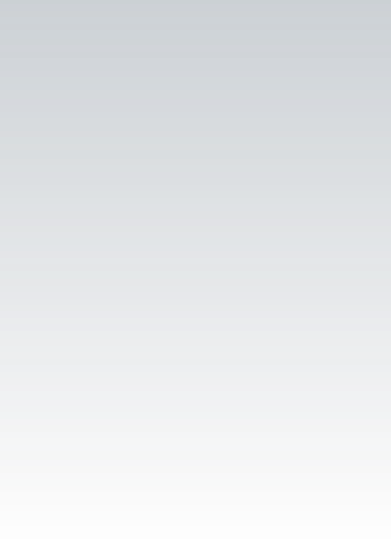
World and Logic
What is the relationship between the world and logic, between intuition and language, between objects and their quantitative determinations? Rationalists, on the one hand, hold that the world is structured in a rational way. Representationalists, on the other hand, assume that language, logic, and mathematics are only the means to order and describe the intuitively given world. In World and Logic, Jens Lemanski takes up three surprising arguments from Arthur Schopenhauer's hitherto undiscovered Berlin Lectures, which concern the philosophy of language, logic, and mathematics. Based on these arguments, Lemanski develops a new position entitled 'rational representationalism': the world is always structured by human beings according to linguistic, logical, and mathematical principles, but the basic vocabulary of these structural descriptions already contains metaphors taken from the world around us.




Rocco Gangle



Jens Lemanski

Diagrammatic Representation and
Inference
This book constitutes the refereed proceedings of the 14th International Conference on the Theory and Application of Diagrams, Diagrams 2024, held in Münster, Germany, during September 27–October 1, 2024.


Jens Lemanski


Language, Logic, and Mathematics in
Schopenhauer
• Presents a fresh examination of the logical and mathematical significance of Schopenhauer’s work for the first time in a century • Highlights the common thread that runs between language, logic, and mathematics, demonstrating how they influence each other and address similar problems • Cultivates a new understanding of Schopenhauer’s legacy by presenting a detailed analysis of his lectures on language, logic, and mathematics in English for the first time.


Jens Lemanski

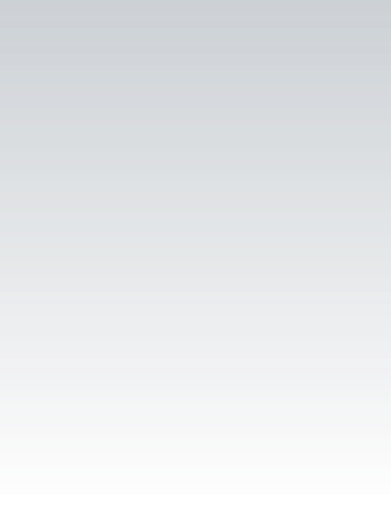
Historia Logicae and its
Modern Interpretation
This book marks the inauguration of the Historia Logicae book series, which seeks to publish high-quality monographs, dissertations, textbooks, proceedings, and anthologies on the history of logic in either German or English. Serving as the inaugural volume in this series, the book explores the contemporary interpretation of logic across many centuries and cultures. The first section of the volume comprises a compilation of papers dedicated to ancient and medieval logic, examining prominent thinkers such as Plato, Aristotle, Seneca, Porphyry, Proclus, Boethius, Buridan, and Kilwardby. The second section shifts focus towards early-modern and contemporary logics, including the works of Caramuel, Kant, Drobisch, Husserl, and Jakowski.


Jens Lemanski

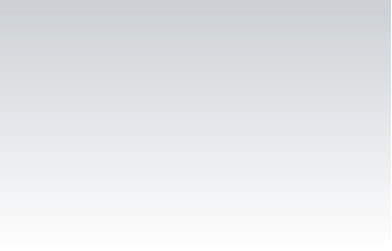
The Exoteric Square of Opposition
• Highlights new research related to the square of opposition • Examines the theory of the square of opposition through an interdisciplinary lens • Explores the past, present, and future of the field.


Jean-Yves Béziau,
Ioannis Vandoulakis



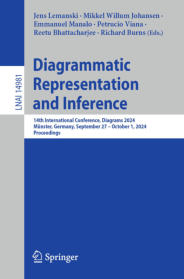




V.A. Yankov on Non-Classical Logics,
History and Philosophy of Mathematics
• Presents comprehensive exposition of theory of V. Yankov’s characteristic formulas and its contemporary developments • Is a groundbreaking approach to the constructive proof theory • Addresses innovative interpretation of early Greek mathematics and Philosophy.


Alex Citkin, Ioannis Vandoulakis


Styles of Discourse
This issue focusе on the diversity of styles of discourse across a wide range of topics, including exposition, debate, narrative analysis, philosophical essay and history, mathematical proof, logical argumentation, historical text, myth, metaphor, literature, art, architectural styles, and others. The study is not be restricted only to the humanities and the arts. Thomas Kuhn’s concept of “paradigm” as a variation of the concept of style of thought functions as a group style, a shared (by a community) style of understanding and thinking about what is considered to happen in nature. Styles of scientific thinking, and other relevant concepts, have social and cultural determinations and serve as media of communication among scientists who share a particular worldview. A transition from one style of thinking to another marks a radical change..


Tatiana Denisova,
Ioannis Vandoulakis


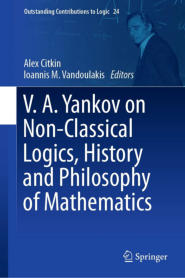




© Lorem ipsum dolor sit Nulla in mollit
pariatur in, est ut dolor eu eiusmod lorem
“Dolore exercitation
aliqua non occaecat”
PUBLICATIONS
Gianluca Caterina , Rocco Gangle


Iconicity and Abduction
• Analyzes the role of iconic signs in scientific hypothesis-formation • Uses category theory to explore the connection between iconicity and abduction • Provides an explanatory framework for model-based reasoning in science • Integrates formal diagrammatic and mathematical methods in Peirce and Badiou



Diagrammatic Immanence.
Category Theory and
Philosophy
A renewal of immanent metaphysics through diagrammatic methods and the tools of category theory. Spinoza, Peirce and Deleuze are, in different ways, philosophers of immanence. Rocco Gangle addresses the methodological questions raised by a commitment to immanence in terms of how diagrams may be used both as tools and as objects of philosophical investigation. He integrates insights from Spinozist metaphysics, Peircean semiotics and Deleuze’s philosophy of difference in conjunction with the formal operations of category theory.


World and Logic
What is the relationship between the world and logic, between intuition and language, between objects and their quantitative determinations? Rationalists, on the one hand, hold that the world is structured in a rational way. Representationalists, on the other hand, assume that language, logic, and mathematics are only the means to order and describe the intuitively given world. In World and Logic, Jens Lemanski takes up three surprising arguments from Arthur Schopenhauer's hitherto undiscovered Berlin Lectures, which concern the philosophy of language, logic, and mathematics. Based on these arguments, Lemanski develops a new position entitled 'rational representationalism': the world is always structured by human beings according to linguistic, logical, and mathematical principles, but the basic vocabulary of these structural descriptions already contains metaphors taken from the world around us.





















